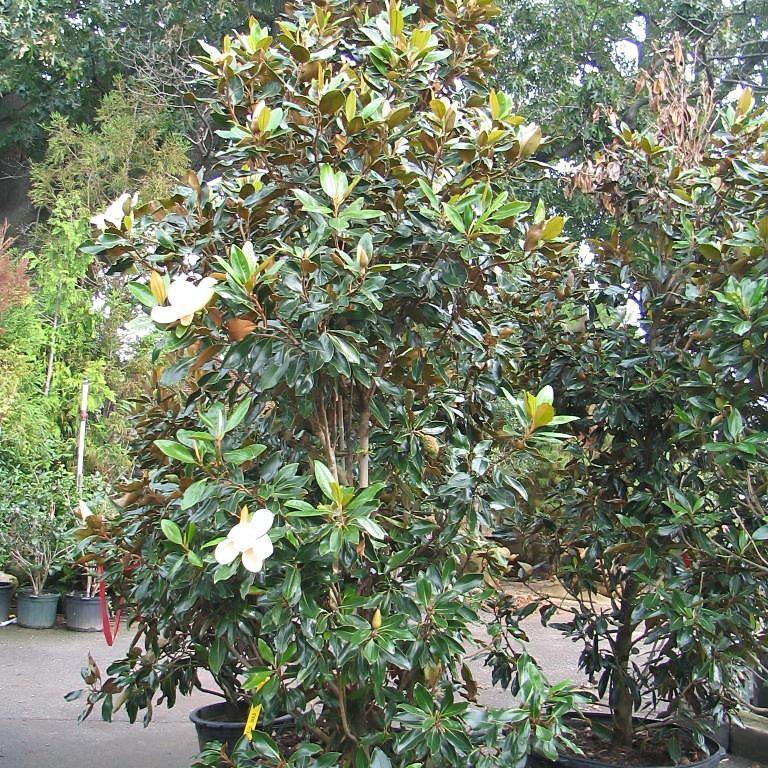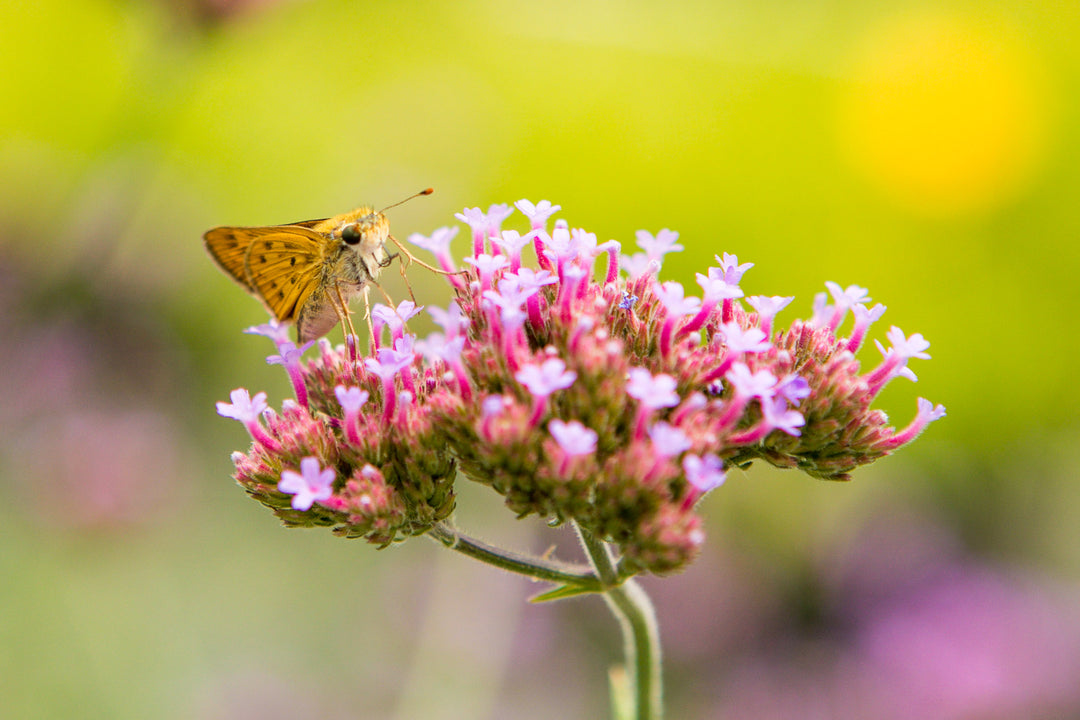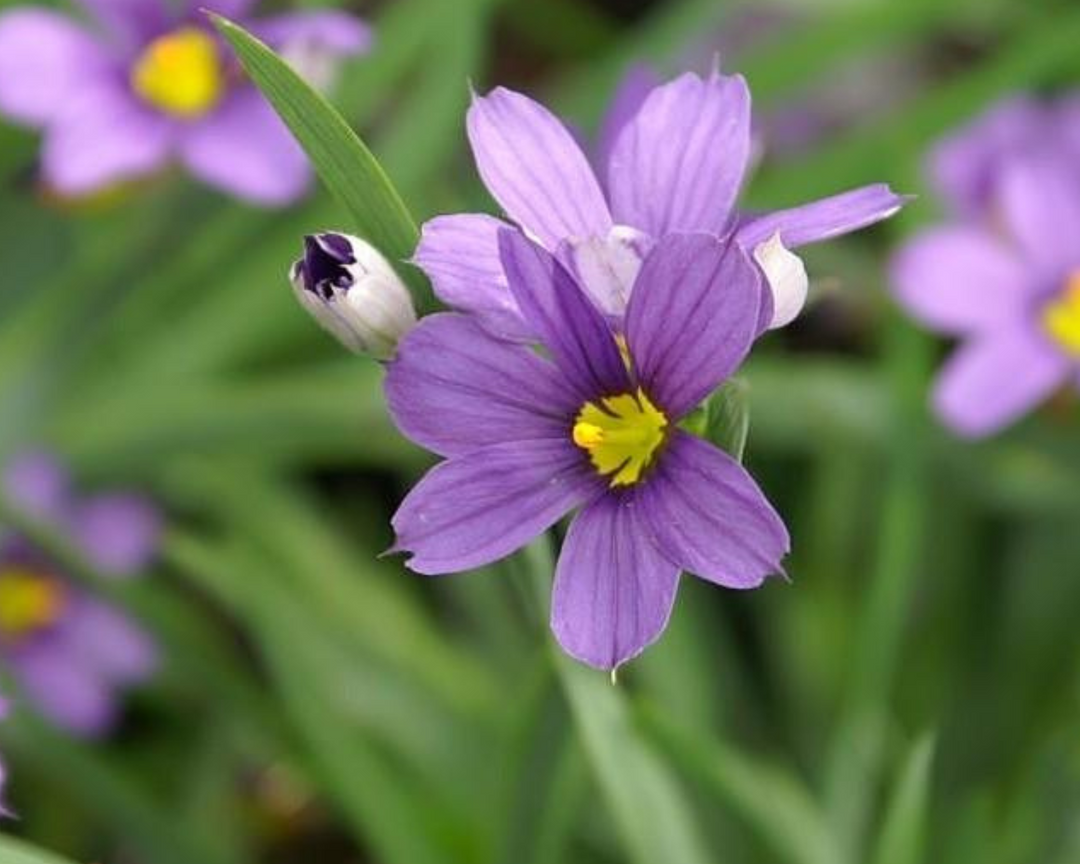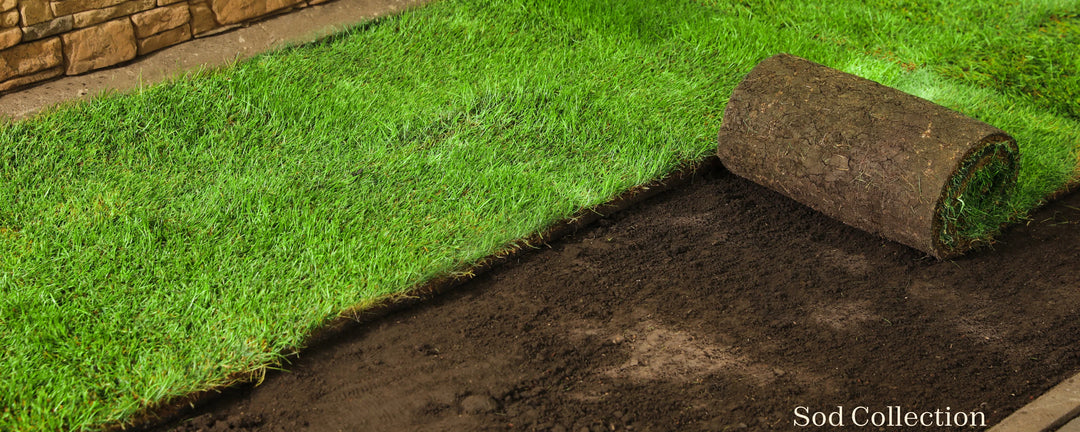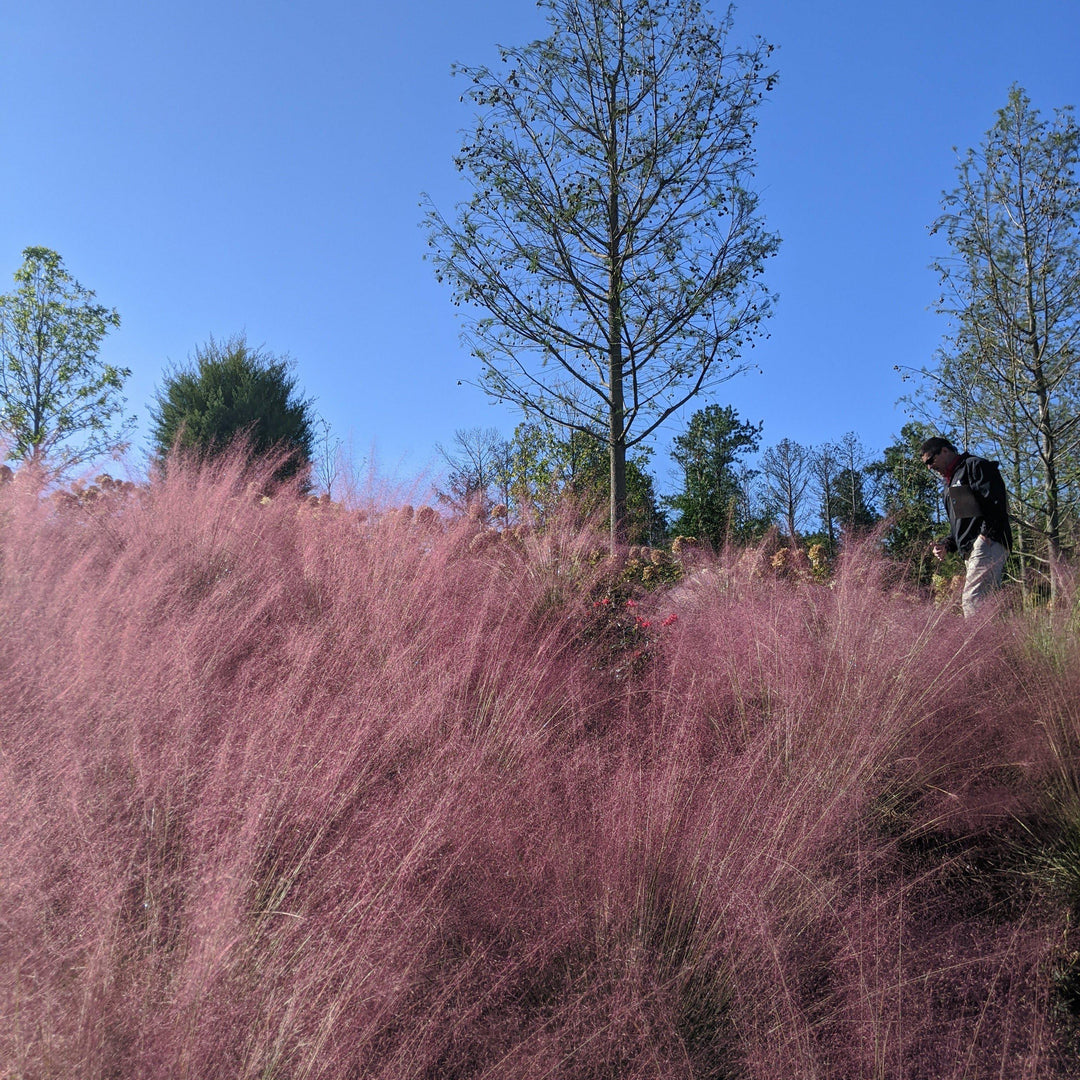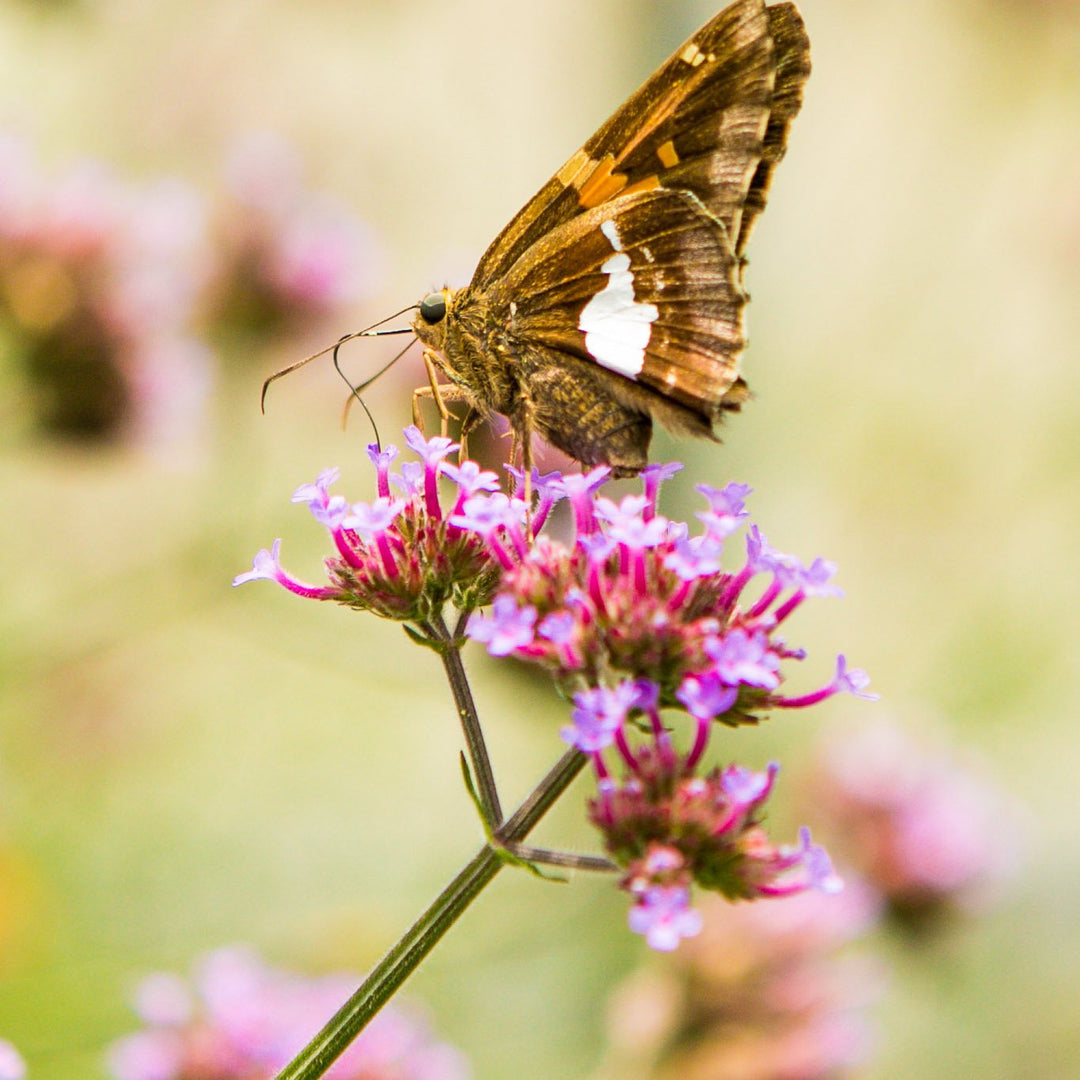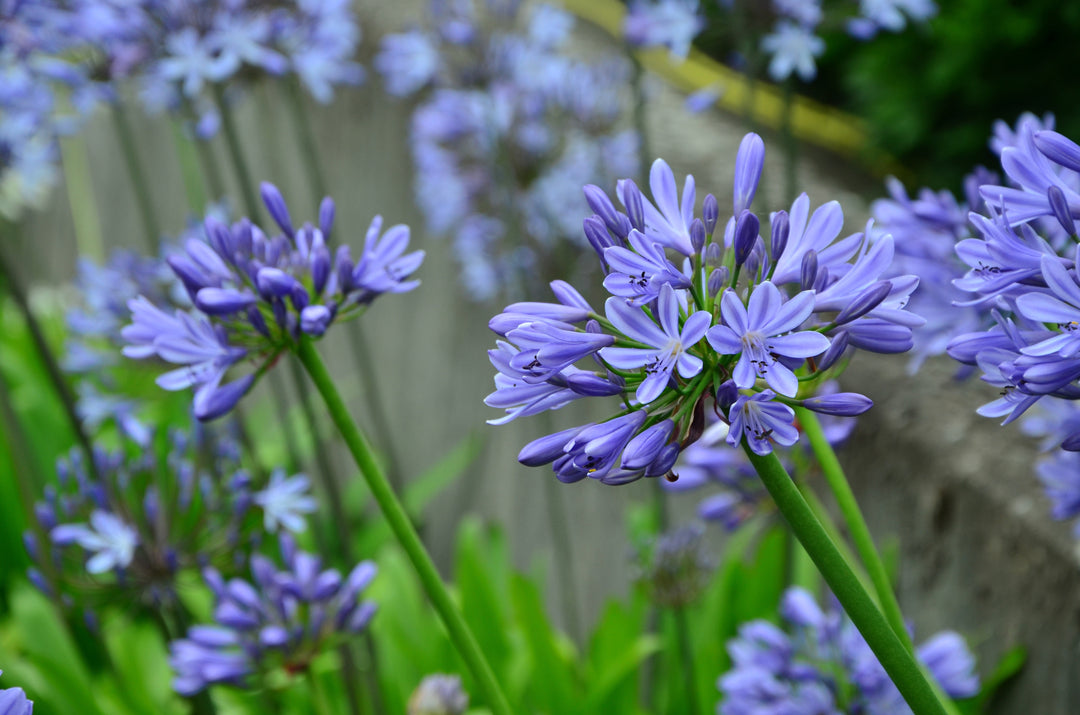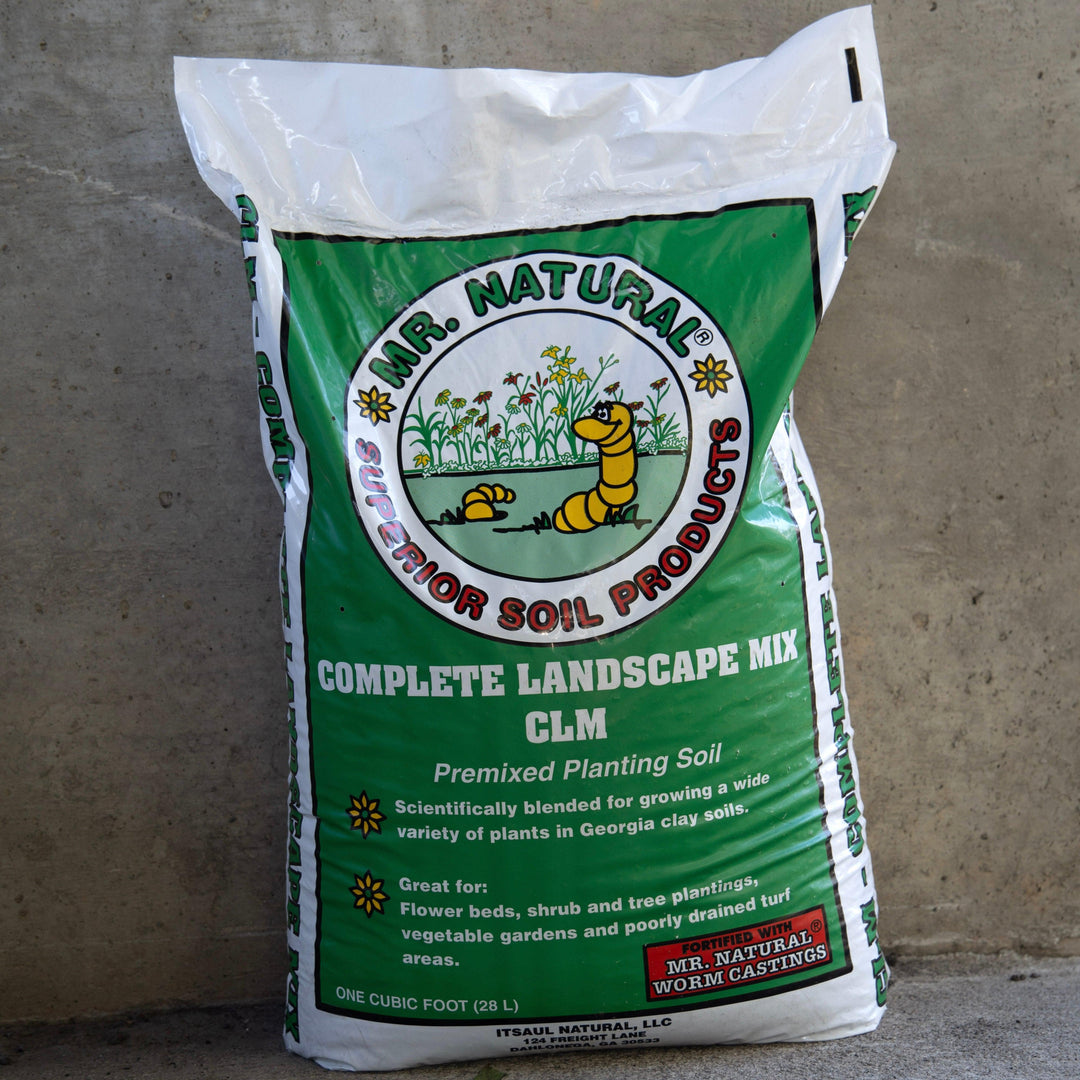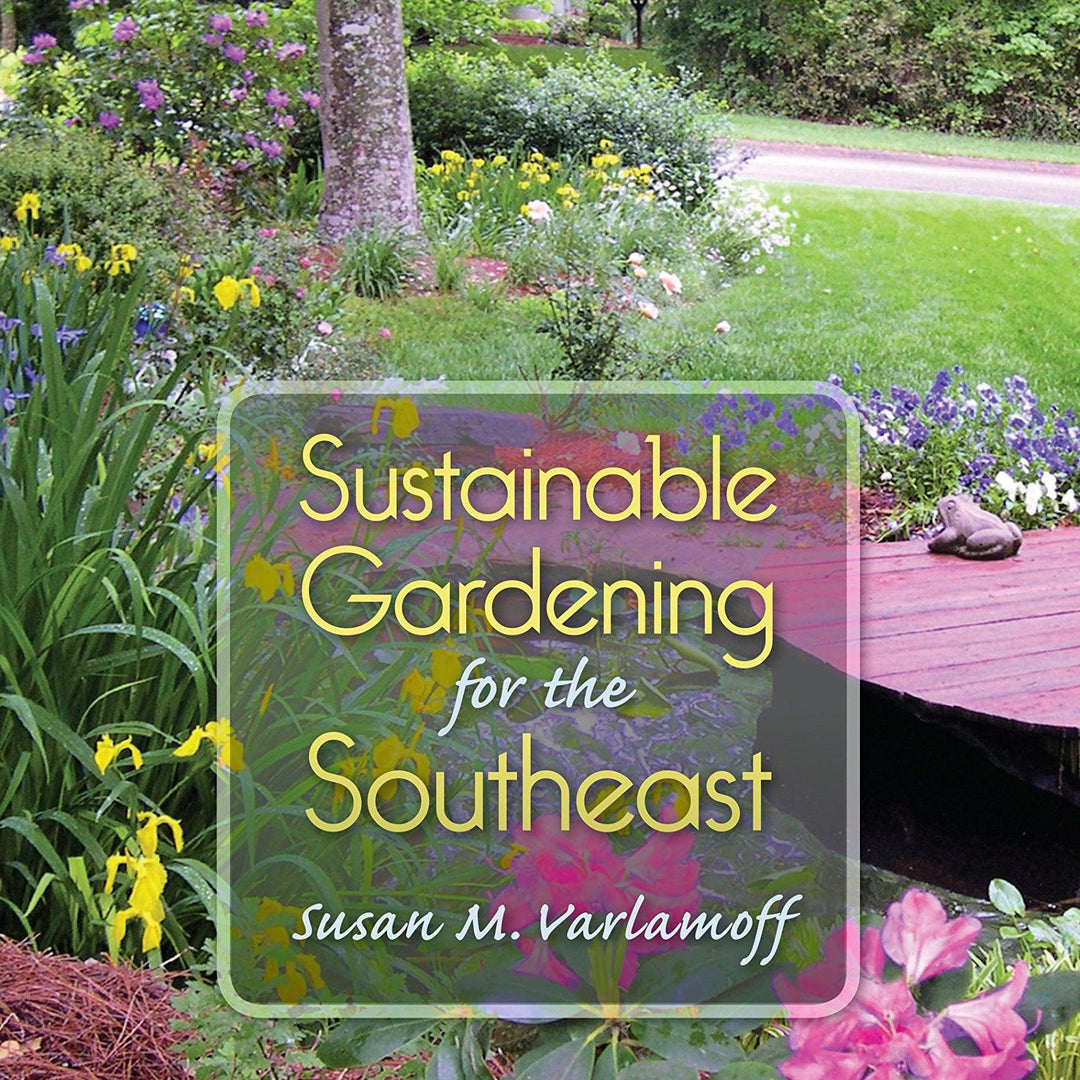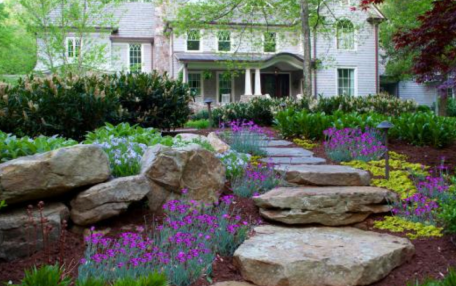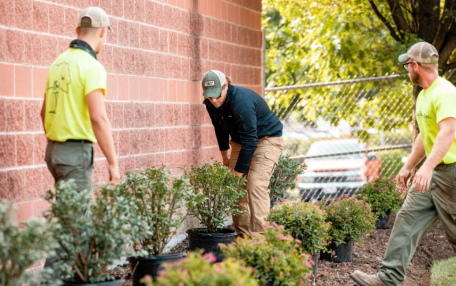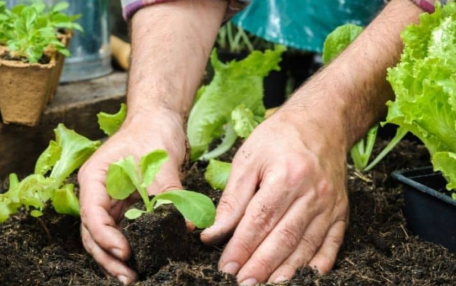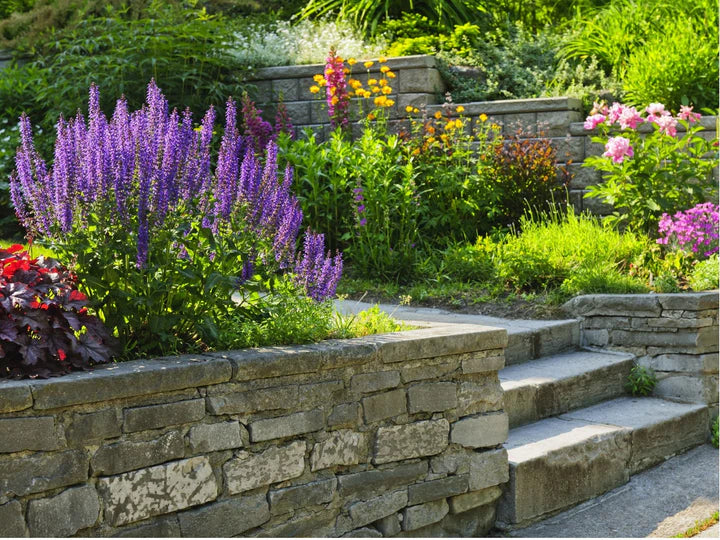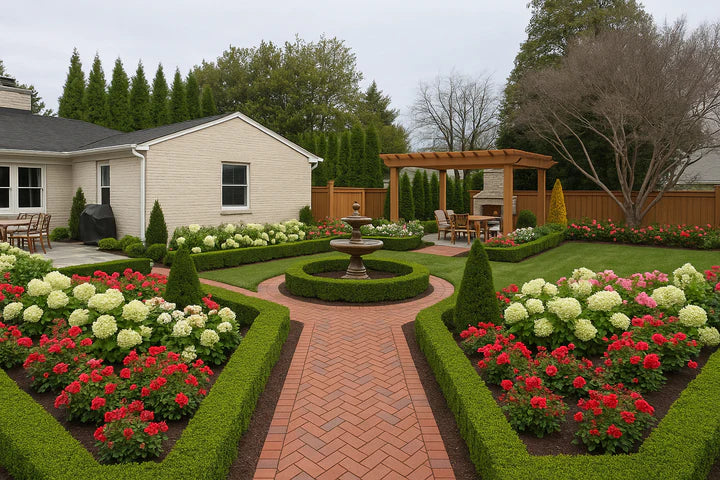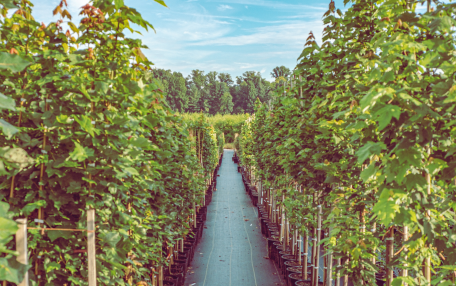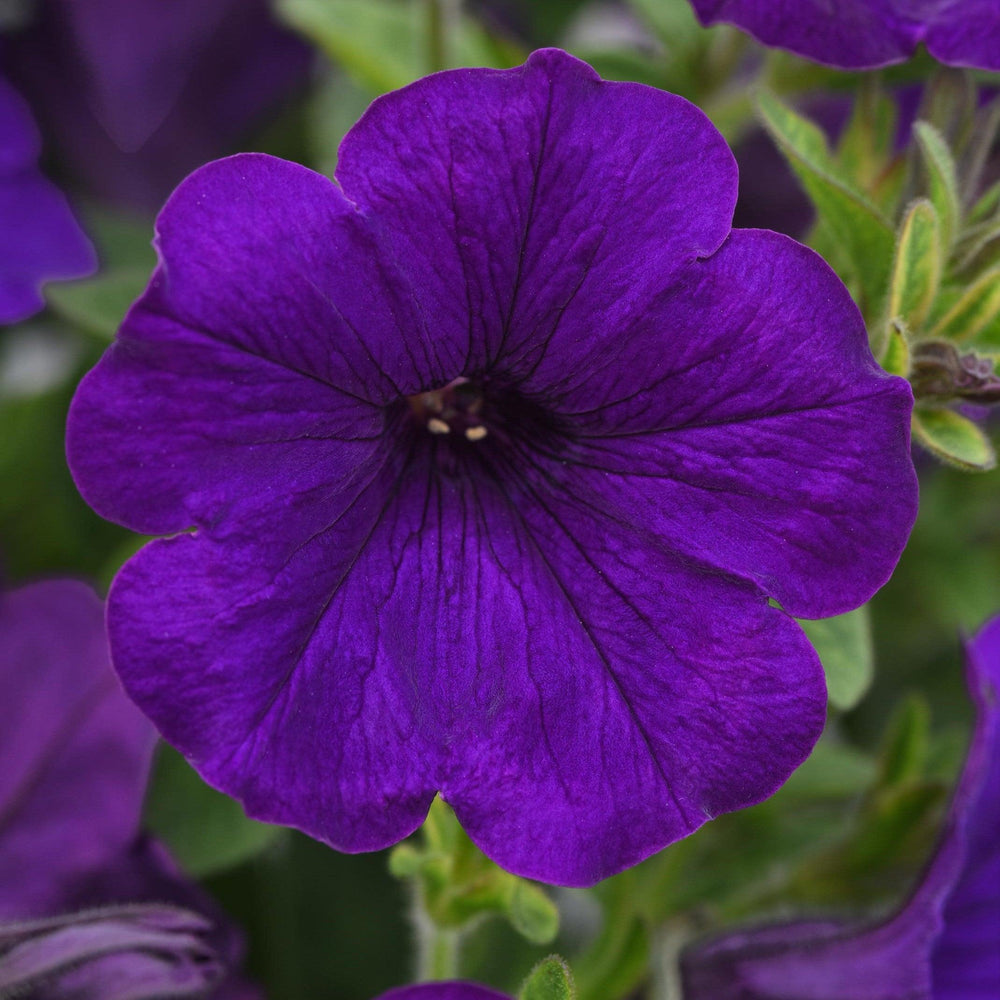The Joyful Garden: Embracing Companion Planting for a Thriving Garden
Welcome to the world of companion planting, a time-honored gardening technique that pairs different plants together for mutual benefit. It's a natural way to enhance your garden's health, productivity, and beauty. Let's dive into how you can harness the power of plant friendships to create a harmonious and bountiful garden.
Understanding Companion Planting
Companion planting is the strategic placement of different plant species in close proximity so that they can help each other grow. This method takes advantage of the natural affinities between plants to improve soil health, deter pests, and provide necessary support.
How to Implement Companion Planting
- Start with Research: Understand the needs and characteristics of each plant you wish to grow. Some plants may require more sunlight, while others thrive in the shade. Some need more water, and others are drought-tolerant.
- Identify Companions: Look for plants that complement each other. For example, tall plants like corn can provide shade for heat-sensitive plants like lettuce.
- Consider Timing: Plant companions with similar growing periods together so they can benefit from each other throughout the season.
- Plant in Groups: Instead of single rows, plant in blocks or groups. This can create microclimates and enhance the beneficial effects of companion planting.
- Rotate Crops: For annuals and food-producing plants, change the location of your plant pairings each season to prevent soil depletion and disrupt pest and disease cycles.

Companion Planting in Ornamental Gardens
Creating a visually stunning ornamental garden is about more than just selecting a variety of colorful plants. Companion planting can be just as beneficial for ornamental gardens as it is for vegetable gardens. It's all about creating plant partnerships that enhance beauty, balance, and the overall health of your garden. Here's how to apply the principles of companion planting to a non-edible garden.
Enhancing Beauty with Color and Texture
- Contrast and Complement: Pair plants with contrasting foliage and flower colors to create visual interest. For example, the silver foliage of Artemisia can beautifully offset the deep purples of Salvia.
- Layering Textures: Combine plants with different textures to add depth. Fine-textured grasses alongside the broad leaves of hostas can create a dynamic display.
Balancing the Ecosystem
- Attracting Beneficial Insects: Flowers like lavender and yarrow attract pollinators and beneficial insects that help control pest populations.
- Natural Pest Deterrents: Some ornamental plants can repel pests naturally. Chrysanthemums, for instance, are known to deter many insects with their pyrethrin content.
Promoting Plant Health
- Shade Tolerance: Use the shade cast by larger plants to shelter those that are prone to wilting in full sun, such as ferns or astilbe.
- Soil Improvement: Incorporate plants like Echinacea or marigolds that can help improve soil structure and health over time.

Creating Harmony and Balance
- Height Variation: Plan your garden with height in mind. Tall plants like sunflowers or ornamental grasses can serve as a backdrop for lower-growing plants.
- Bloom Time Coordination: Select plants with staggered blooming times to ensure continuous color throughout the growing season.
Practical Considerations
- Space Management: Use groundcovers like Pratia or creeping thyme to fill in gaps and suppress weeds, reducing garden maintenance.
- Windbreaks and Support: Sturdy shrubs can protect more delicate plants from strong winds and can also provide natural support for climbing plants like clematis.
By thoughtfully selecting and positioning your ornamental plants, you can create a garden that is not only a feast for the eyes but also a robust and sustainable environment. Companion planting in an ornamental context is about more than just aesthetics; it's about creating a living, breathing space where every plant has a role to play in supporting the whole.
#OrnamentalCompanions #BloomingSymphony #ServeScapeBlooms
ServeScape - Growing Beauty, One Bloom at a Time!

